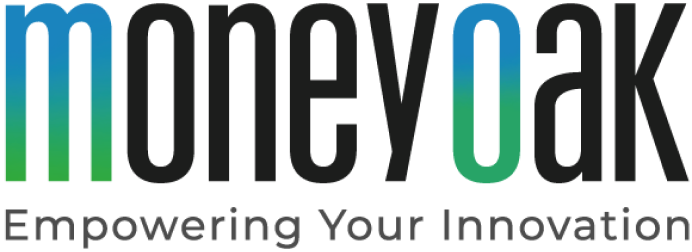Belgium remains a welcoming place for innovative companies, thanks to a very advantageous tax framework. The IID – a tax incentive – is not limited to patents (like the PIB), and is open to other intellectual property (IP) rights. A broader scope of application, a boon for companies. Explanations.
Belgium has understood the key role of innovation. With its central position in Europe, highly qualified human capital and the presence of efficient clusters, Belgium is a reference in this field. Since 1 July 2016, the PIB has therefore been gradually replaced by the IID, but the transitional period did not end until 1 July 2021. The PIB, which has been in force since 2007, was designed to reduce the tax burden on income from patents and supplementary protection certificates. This was a way of boosting R&D activities in Belgium, but also of attracting foreign companies, thanks to the immunization of 80% of gross income. The measure has, among other things, helped to anchor giants of the global pharmaceutical industry in Belgium.
The tax deduction increases to 85%, but on net R&D income, unlike the PIB, which was based on gross amounts. From now on, it is compulsory to deduct R&D expenses from turnover to determine the tax base. At the same time, the legislator has broadened the sources of revenue eligible for the IID: it may be a license fee (or included in the sale price), compensation received following an infringement of the right, or a sum obtained after its disposal. The second major innovation of the IID is the scope of application, which is no longer limited to patents but now extends to other intellectual property (IP) rights. It should be remembered that these rights serve to protect “creations that play an economic role in the production and distribution processes”.
Patents are no longer « alone »
The IP rights to which the innovation income deduction (IID) applies are as follows:
- Patents or supplementary protection certificates: those already taken into account in the old regime (PIB);
- Plant Breeders’ Rights (applied for or obtained from 1st of July 2016): this concerns the marketing of a new plant species, taking into account the significant investment required for its cultivation;
- Orphan drugs (applied for or obtained from 1 July 2016): this refers to drugs related to “serious and rare” diseases, i.e. affecting less than one in 2000 people and for which there is no treatment yet.
- Data or market exclusivity granted by public authorities (from 1 July 2016) for plant protection products, human and veterinary medicines and orphan drugs;
- Copyrighted computer programs: the development of new software, its derivative creation or an adaptation (not a “routine”) of existing software. In all cases, it must be the result of an R&D project or program (according to the established definition).
Exclusions and conditions
- All companies under Belgian law are covered, as well as the national “entities” of foreign companies, which may also make use of it, provided that the IP right is assigned to the structure in question. Excluded, therefore, is income from an establishment outside Belgium.
- To be eligible for IID, the company must be a full owner, co-owner, usufruct, licensee (exclusive or not) of the right. It does not matter whether the right was developed in-house, subcontracted (to an independent company or to a company belonging to the same group) or purchased. But, depending on the case, the benefits of the IID will not be identical (depending on the nexus ratio).
- With the IID, the key element is “substance”: i.e. the link between the R&D activity and the income derived from it. Gone is the requirement for a research center (as with the PIB) and in its place is the nexus ratio. An (almost) magic coefficient, built on the basis of your expenses, which penalizes (or not) the benefit of the IID. An example? If the company has borne the R&D effort, its earnings will be higher than those of a company that ‘simply’ acquires innovative software.
- Whereas previously the granting of a patent was required to benefit from the PIB, now a simple application for recognition of the intellectual property is sufficient. For software, this formality is not required (in theory).
- The company does not have access to the IID for any other IP rights, for example, those related to marketing. That is, income from a trade name, logo, design, model or trademark.
The company still needs to answer a series of fundamental questions.
- Does in-house software fall within the scope?
- Is it possible to clearly identify eligible income and expenses? Does the accounting, legal and technical documentation meet the expectations of the tax authorities?
- Is the nexus ratio correctly calculated?
- Does the company have to seek binding advice from the scientific authority (BELSPO)?
- Have the gains from the IID been maximized?
- How does the application for a ruling to the Advance Rulings Service (SDA) work?
There are so many unknowns to think about beforehand for an optimal – and risk-free – result afterwards. The key to a successful IID approach is specialized support from A to Z by the specialists at MoneyOak. And they work on the basis of “no cure, no pay”!





